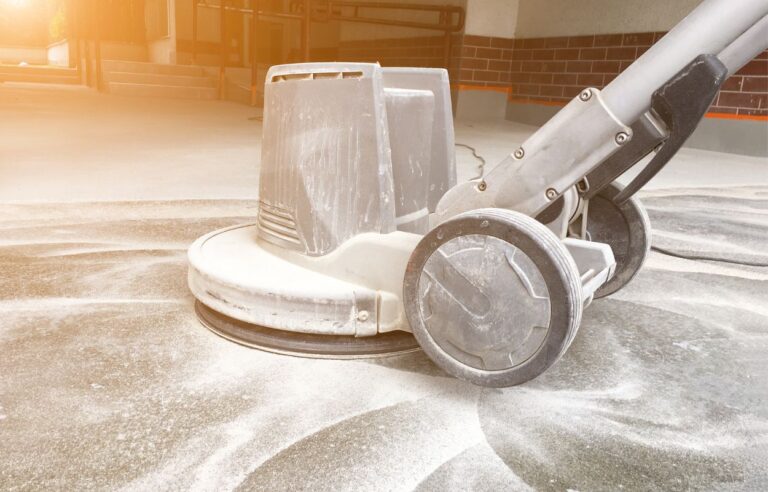Asbestos is a term that often evokes concern and caution, especially when it comes to building materials and old constructions. But what exactly is asbestos, and why is it considered so dangerous? In this blog, we will explore the nature of asbestos, its uses, and the health risks associated with it.
What is Asbestos?
Asbestos is a naturally occurring mineral composed of thin, fibrous crystals. These fibers are resistant to heat, electricity, and chemical corrosion, which made asbestos a popular material in various industries, particularly in construction. There are six types of asbestos, but the three most common are:
-
Chrysotile (White Asbestos): The most common type, used in roofs, ceilings, walls, and floors.
-
Amosite (Brown Asbestos): Often found in insulation materials, cement sheets, and plumbing.
-
Crocidolite (Blue Asbestos): Known for its excellent heat resistance, used in specialized applications such as chemical plants and steam engines.
Historical Uses of Asbestos
Due to its durability and fire-resistant properties, asbestos was widely used from the late 19th century until the late 20th century in a variety of products, including:
-
Insulation materials for buildings and pipes
-
Roofing and flooring tiles
-
Cement products
-
Automobile brake pads and clutches
-
Heat-resistant fabrics
Why is Asbestos Dangerous?
The danger of asbestos lies in its fibers. When asbestos-containing materials are disturbed, the tiny fibers can become airborne and inhaled or ingested. Once these fibers enter the body, they can become lodged in the lungs or other tissues, causing serious health issues over time.
Health Risks of Asbestos Exposure
-
Asbestosis: A chronic lung disease caused by inhaling asbestos fibers, leading to scarring of lung tissue and difficulty breathing.
-
Lung Cancer: Asbestos exposure increases the risk of lung cancer, especially in individuals who smoke.
-
Mesothelioma: A rare but aggressive cancer that affects the lining of the lungs, abdomen, or heart. Mesothelioma is almost exclusively linked to asbestos exposure.
-
Other Cancers: Asbestos exposure has also been linked to cancers of the larynx, ovaries, and gastrointestinal tract.
Regulation and Safety Measures
Recognizing the health risks, many countries have implemented strict regulations to control the use and handling of asbestos. In the United States, the Environmental Protection Agency (EPA) and the Occupational Safety and Health Administration (OSHA) have established guidelines to protect workers and the public from asbestos exposure.
-
Asbestos Abatement: The process of removing or minimizing asbestos exposure during renovations or demolitions. This must be carried out by certified professionals using specialized equipment and safety protocols.
-
Personal Protective Equipment (PPE): Workers handling asbestos must wear appropriate PPE, including respirators and protective clothing.
-
Monitoring and Air Quality Testing: Regular monitoring and air quality testing are essential to ensure that asbestos fibers are not present in the air at dangerous levels.
What to Do If You Suspect Asbestos in Your Home
If you live in an older home or are considering renovations, it’s important to know whether asbestos is present. Here’s what you can do:
-
Do Not Disturb: Avoid disturbing materials that may contain asbestos. If you suspect asbestos, leave it intact and undisturbed.
-
Professional Inspection: Hire a certified asbestos inspector to assess your property. They can take samples and determine the presence and condition of asbestos.
-
Professional Removal: If asbestos removal is necessary, hire a licensed asbestos abatement contractor. Do not attempt to remove asbestos yourself.
Conclusion
Asbestos, once hailed for its utility and durability, is now known to pose significant health risks. Understanding what asbestos is and why it is dangerous is crucial for protecting yourself and others. Always take proper precautions and seek professional help when dealing with asbestos-containing materials. By staying informed and cautious, we can minimize the dangers associated with this hazardous material





